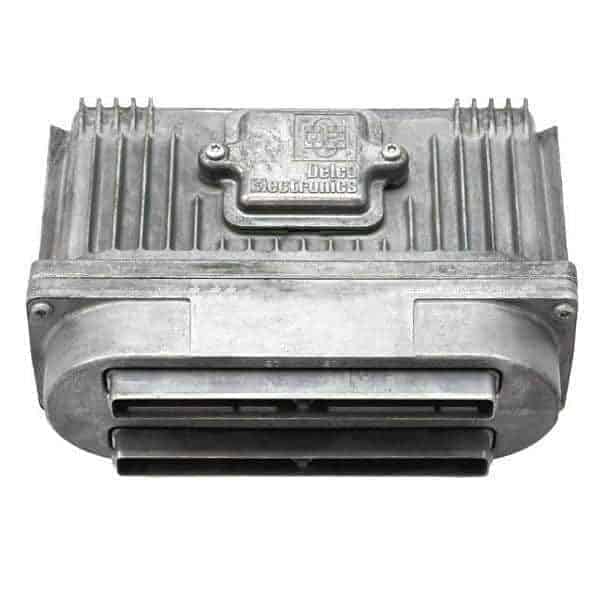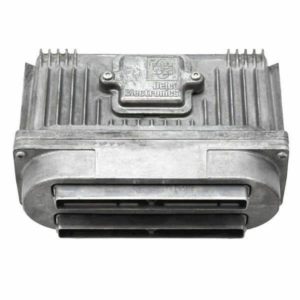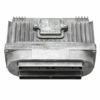Is Your Late 90s Cadillac or Aurora Running Rough?
If you’re dealing with a frustrating no-start condition, erratic engine performance, a persistent check engine light, or transmission shifting problems in your 1996-1999 Cadillac or Oldsmobile Aurora, the root cause is often the very brain of the vehicle: the Powertrain Control Module (PCM). Over two decades of experience in the shop have shown me that these specific modules are prone to failure after years of heat cycles and electronic wear, leading to symptoms that can be maddening to diagnose.
A Technician’s Real-World Story
“A customer’s 1998 Seville came in last week with these exact symptoms. The car would crank but not start, and when it did, it would run poorly for a few minutes and then stall. The dashboard was lit up with warnings. The owner had already replaced the spark plugs and a few sensors with no luck. After connecting my scan tool, I found multiple communication error codes and nonsensical data from the engine sensors. This immediately pointed me away from the individual parts and towards the central processor. After confirming power and ground to the PCM were good, we swapped in a correctly programmed module, and the car fired right up and ran perfectly. It’s a classic failure pattern for these vehicles.”
The Heart of the Problem: PCM Failure
The PCM, also known as the Electronic Control Module (ECM), is responsible for managing everything from fuel injection and ignition timing to transmission shift points and emissions controls. When it begins to fail, the signals it sends and receives become corrupted. This can manifest in a variety of ways:
- ✔ No-start or intermittent starting issues.
- ✔ Check Engine Light (CEL) illuminated with various, sometimes unrelated, trouble codes.
- ✔ Harsh or erratic automatic transmission shifting.
- ✔ Poor fuel economy and engine performance.
- ✔ Stalling or cutting out while driving.
- ✔ Failure to communicate with a diagnostic scan tool.
The Direct Solution: A Pre-Programmed PCM
This isn’t just a replacement part; it’s a complete solution. This is a genuine GM PCM, part number 16214848 (interchangeable with 19109039), that arrives at your door ready for installation. The critical difference is our professional programming service. Before we ship the module, we use your vehicle’s unique Vehicle Identification Number (VIN) to load the latest, most stable software calibration directly from General Motors. This step is essential and saves you a costly trip to a dealership, which would be required for an un-programmed unit.
Why VIN Programming is Crucial
Your VIN tells us everything we need to know about your car’s specific configuration—engine type, transmission, emissions equipment, and other factory options. Programming the PCM with this information ensures that all systems operate exactly as the manufacturer intended. Skipping this step would result in a car that likely won’t start or will run with significant problems.
- ✔ Guaranteed Compatibility: Programmed specifically for your car’s VIN.
- ✔ Updated Software: Flashed with the newest GM updates to resolve known bugs and improve performance.
- ✔ Save Time and Money: No need for expensive dealership programming after purchase.
- ✔ Simple Process: Just provide your VIN during or after checkout, and we handle the rest.
Vehicle Compatibility
This module is a direct fit for the following vehicles. Please verify the location of your original module to confirm.
- ✔ Cadillac Deville (1997-1999): Located in the LH (driver’s side) engine compartment.
- ✔ Cadillac Deville (1996): For models with the 4.6L (8-279) engine.
- ✔ Cadillac Seville (1996-1999): Located in the LH (driver’s side) engine compartment.
- ✔ Cadillac Eldorado (1996-1999): Located in the LH (driver’s side) engine compartment.
- ✔ Oldsmobile Aurora (1996-1999): Located in the RH (passenger’s side) dash area.
Please Note: While this PCM comes programmed, some GM vehicles of this era may require a simple security relearn procedure after installation to sync the module with your vehicle’s anti-theft system. This can typically be done without special tools and instructions are widely available.


